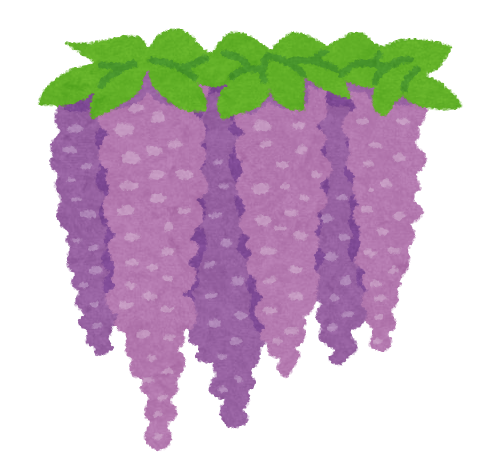Description
Students make pairs. They get one set of cards and a territory game board. They shuffle and place 6 of the cards on the middle two rows of the board. The teacher sets a timer and the students janken. The loser asks the winner the question, and the winner answers by choosing a certain card. They can then move the card to an adjacent space, as long as there is no other card on that space already. A card can’t be moved more than one space at a time, or past any other card that’s blocking the path. When time is up, each student gets one point for each card that is on their half of the board.
Notes
- If using the template version, print it at A3 size and the spaces will be the right size for small (roughly 9.2 x 6.5cm) cards to go on in the spaces.
- This game can be used to practice vocabulary, grammar, or questions and answers.
- To practice vocabulary or grammar without using a question, the students janken and the winner simply says the target English that matches the card they choose to move.
